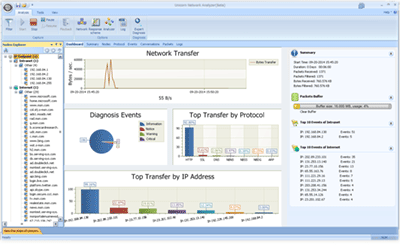2. Adminer Database Management Tool
1. Introduction to Adminer Database Management
Adminer is a full-featured database management tool developed in PHP. Unlike phpMyAdmin, it consists of a single file ready to deploy to the target server. Adminer supports MySQL, PostgreSQL, SQLite, MS SQL, Oracle, Firebird, SimpleDB, Elasticsearch, and MongoDB.
2. Features of Adminer Database Management
- Create, modify, and delete indexes/foreign keys/views/stored procedures and functions.
- Query, aggregate, and sort data.
- Print database overview with foreign key relations.
- View and terminate processes.
- View and modify users and privileges.
- Manage events and table partitions (supported in MySQL 5.1+).
- Add/modify/delete records.
- Support all data types, including large fields.
- Execute SQL statements in bulk.
- Export data, table structure, or views as SQL or CSV.
3. How to Use Adminer
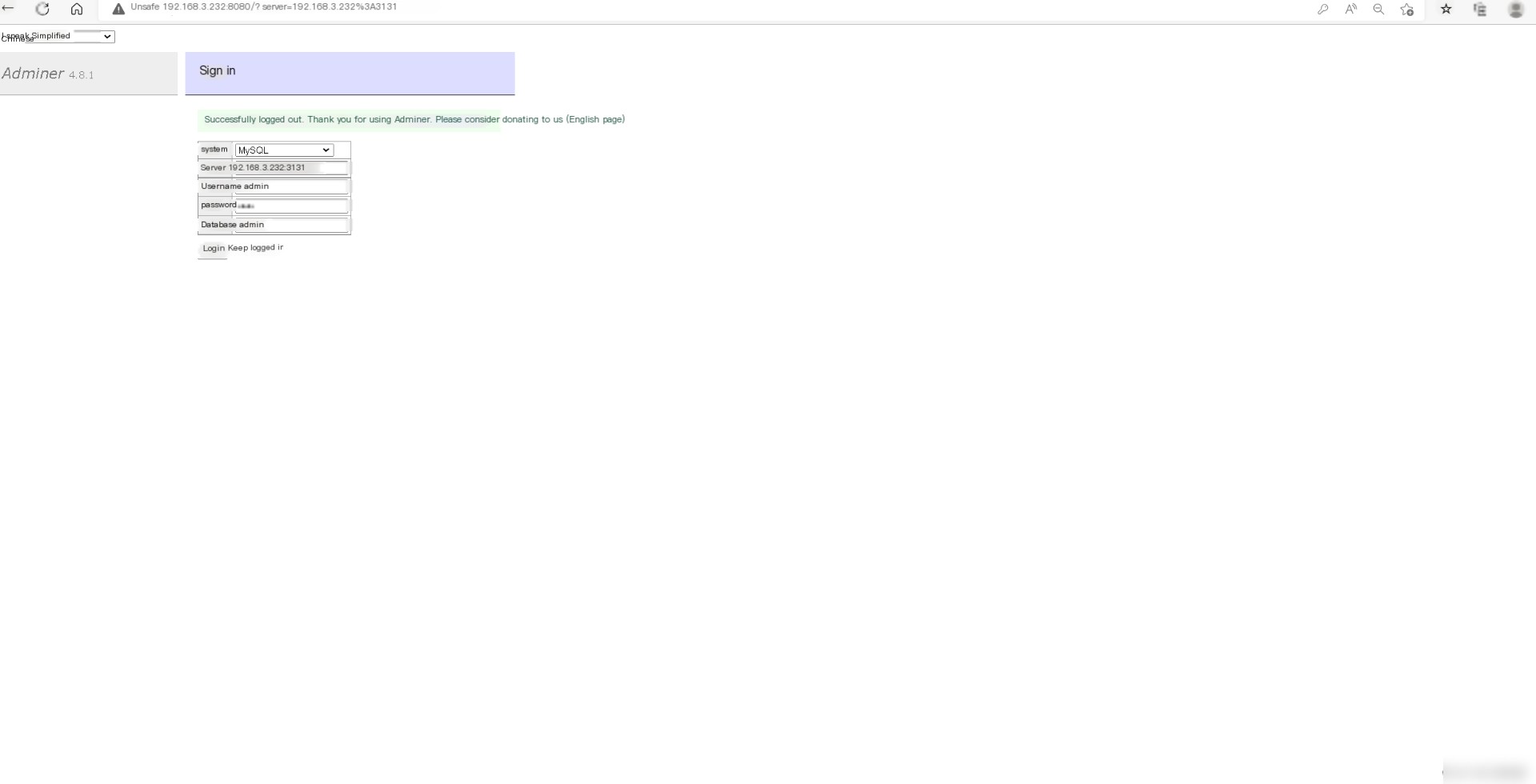 Insert image description here
Insert image description here Insert image description here
Insert image description here
4. Experiences with Adminer Database Management
1. The web interface is user-friendly and operations are simple without the need for a client installation.
2. Lightweight and consumes fewer resources.
3. Easy to install and deploy quickly.
4. Supports a wide range of databases, including MySQL, PostgreSQL, MS SQL, SQLite, etc.
5. Overall, the experience is good, with fast response times.3. Adminer Database Management: Fragmented Knowledge Management Tool
1. Overview of Adminer Database Management Memos
An open-source, self-hosted knowledge base that works with SQLite db files.
2. Using Memos in Adminer Database Management
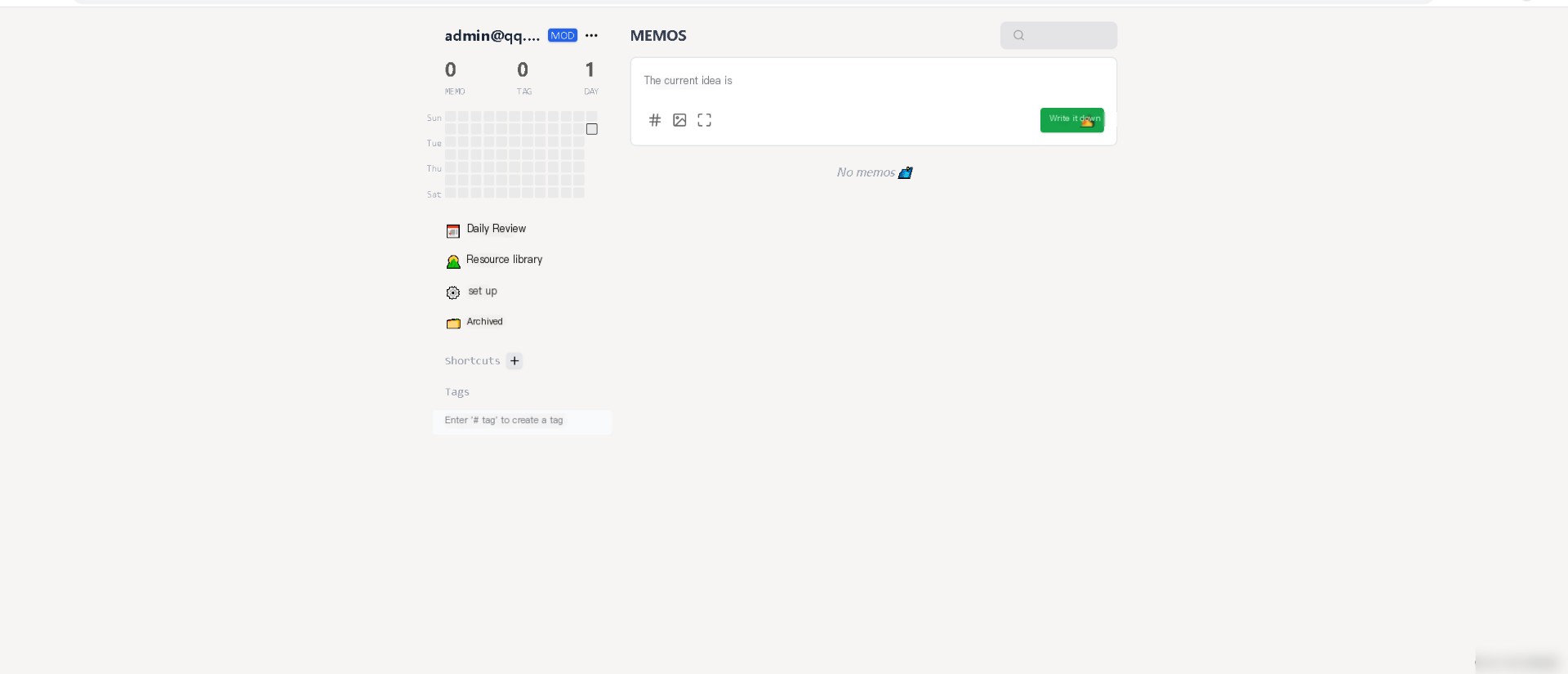 Insert image description here
Insert image description here Insert image description here
Insert image description here
3. Experiences Using Adminer Database Management Memos
1. Quick and easy to deploy, can be deployed on personal local servers.
2. Open-source project suitable for personal daily learning records.
3. Aesthetically pleasing interface, aligning with daily usage habits of native users.
4. Easy to operate, even beginners can use it easily.
5. Provides a good experience, useful tool for recording fragmented knowledge highlights.4. Adminer Database Management for Linux Server Cluster — APPNode
1. Introduction to Adminer Database Management and APPNode
APPNode is a personal server cluster management tool that allows management of all Linux servers by installing a control center. The current official version supports free personal deployment.
2. Features of APPNode with Adminer Database Management
- Unlimited number of servers.
- Centralized display of operation status.
- Online SSH terminal connection.
- Group management.
- Customizable node names.
- Support connection to controlled ends via SSH tunnel.
3. How to Use APPNode for Adminer Database Management
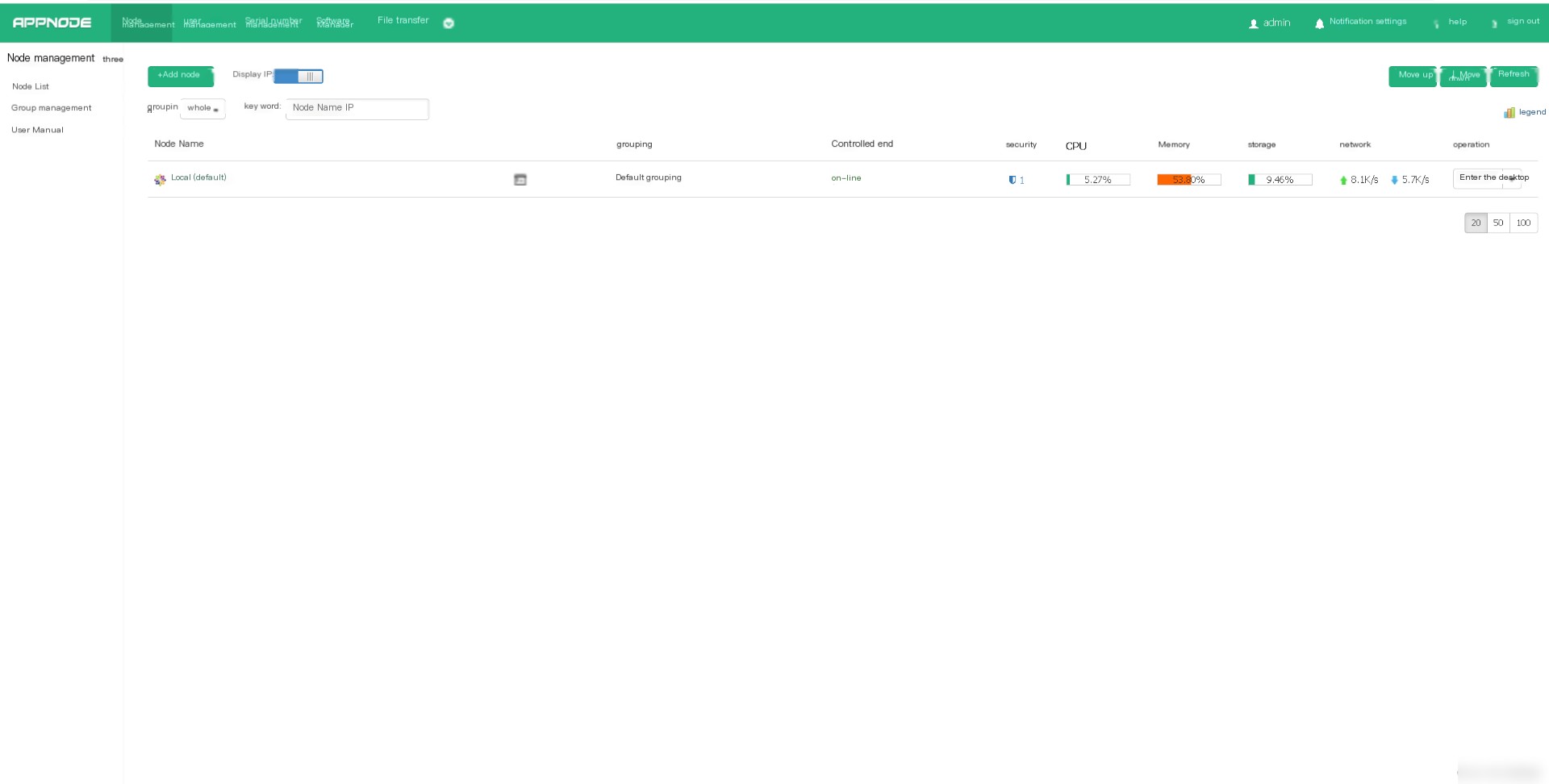 Insert image description here
Insert image description here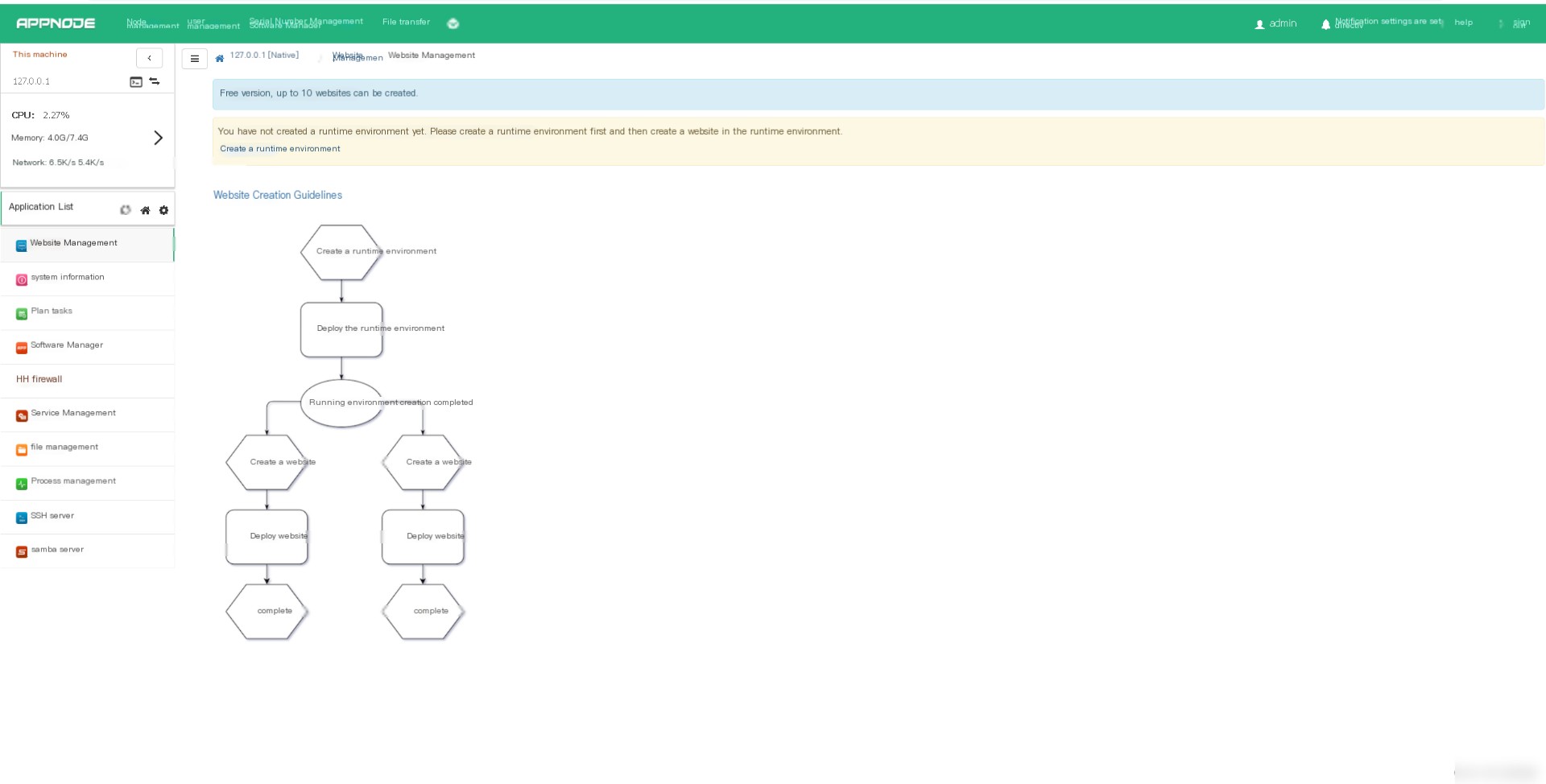 Insert image description here
Insert image description here
4. Experiences Using APPNode with Adminer Database Management
1. Web interface is aesthetically pleasing, and operations are straightforward.
2. Simple deployment, allowing one-click fast deployment.
3. Powerful, with many practical features that facilitate daily maintenance work.
4. Two favorite features are the ability to dynamically monitor the server’s CPU and memory state and quickly deploy basic services via the software center.5. Adminer Database Management — Linux System Administration Tool
1. Introduction to Adminer Database Management in Webmin
Webmin is currently the most powerful web-based Unix system management tool. Administrators can access various management functions through a browser and perform corresponding management actions.
2. How to Use Adminer Database Management in Webmin
 Insert image description here
Insert image description here
3. Experiences Using Webmin
1. The dashboard contains a lot of monitoring information, allowing for dynamic monitoring of various server metrics.
2. Easy and quick deployment can be rapidly deployed on local servers.
3. Operations are simple, with a neat web interface and practical functions.6. Ward Server Monitoring Tool
1. Introduction to Ward
Ward is a simple and minimalist server monitoring tool developed using Java.
2. How to Use Ward
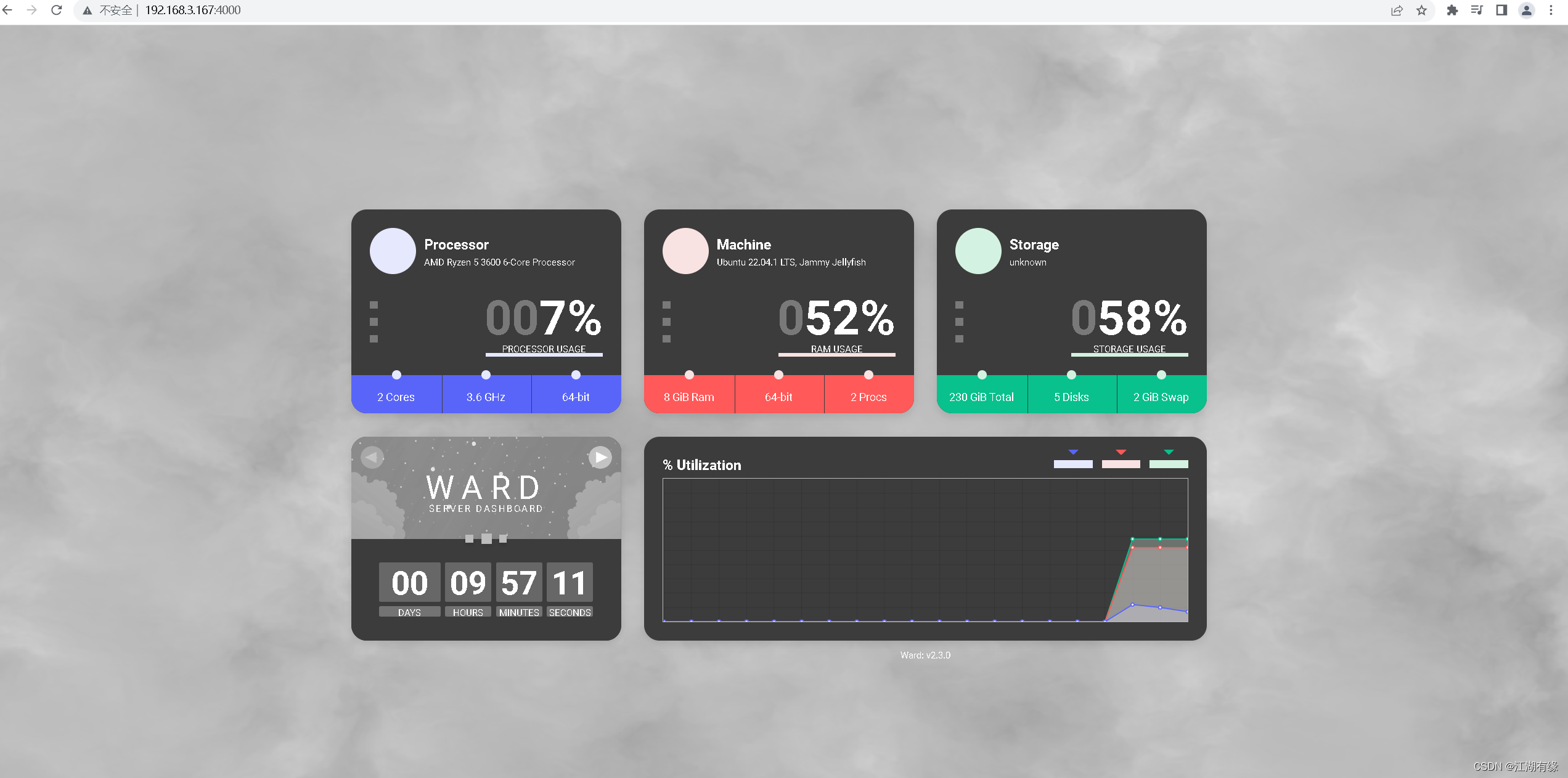 Insert image description here
Insert image description here
3. Experiences Using Ward
1. Simple deployment, can quickly deploy Ward server using Docker.
2. The web interface is gorgeous, capable of monitoring key server metrics.
3. Lightweight, consuming fewer resources.7. Zabbix Monitoring Platform
1. Introduction to Zabbix
Zabbix is an enterprise-level open-source software for distributed system monitoring based on a web interface. It can monitor parameters of various systems and devices to ensure secure operation of servers and devices.
2. Main Features of Zabbix
1. Hardware monitoring such as switches, routers, printers, etc.
2. System monitoring including CPU, memory, disk, hard disk IO, system load, etc.
3. Service monitoring such as Apache, Nginx, Tomcat, Redis, TCP connections, etc.
4. Performance monitoring such as website performance, server performance, database performance.
5. Log monitoring such as access logs, error logs.
6. Security monitoring such as user login numbers, local file modifications, passwd file changes.
7. Network monitoring such as ports, SMTP, network utilization rate, network inbound and outbound traffic.
3. How to Use Zabbix
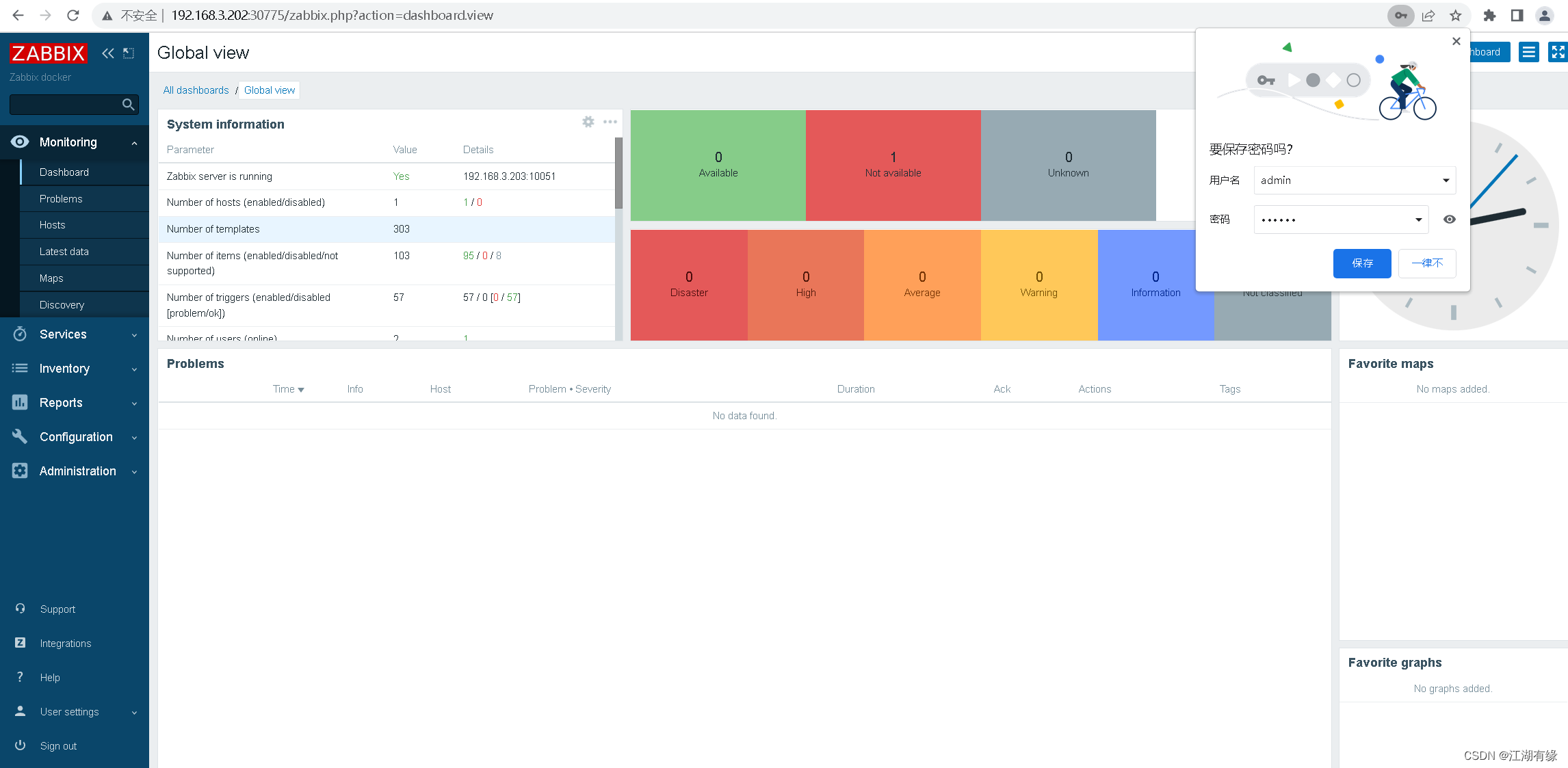 Insert image description here
Insert image description here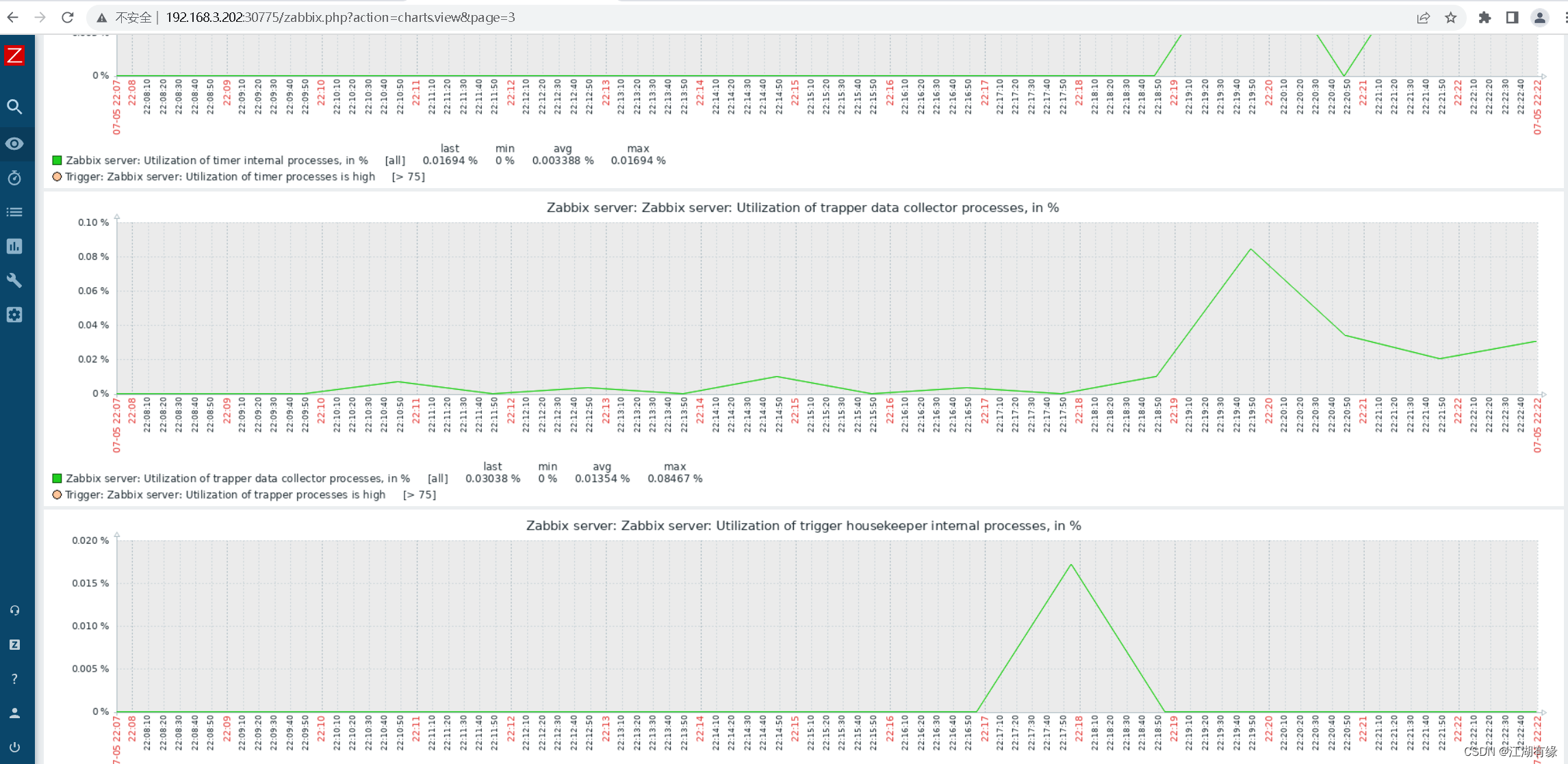 Insert image description here
Insert image description here
4. Experiences Using Zabbix
1. Open-source and free, providing a good solution for small and medium-sized enterprises for server monitoring.
2. Stable operation and community support, making Zabbix a mature monitoring solution.
3. Plays a significant role in enterprises, capable of monitoring server load conditions and sending email notifications for server malfunctions to reduce risks.
4. My company has implemented the Zabbix platform for about four years, and it runs stably, proactively averting many IT risks.8. Shell Scripts
1. Introduction to Shell Scripts
/bin/bash is currently the default shell script for most Linux system versions and is a crucial tool for operations engineers to improve efficiency and resolve issues.
2. Running a Simple Shell Script
[root@node ~]# sh ps_aa.sh
Process statistics are as follows:
Total number of processes: 230
Running processes: 2
Stopped processes: 1
Sleeping processes: 230
Zombie processes: 1
Background processes: 7
###########################################
Top 10 processes by CPU usage:
USER PID %CPU %MEM VSZ RSS TTY STAT START TIME COMMAND
mongod 10041 0.5 1.5 1610824 122312 ? Sl Nov08 11:27 /usr/bin/mongod -f /etc/mongod.conf
nfsnobo+ 101822 0.2 0.2 718132 19712 ? Ssl Nov08 2:04 /bin/node_exporter
root 9 0.1 0.0 0 0 ? S Nov08 3:52 [rcu_sched]
root 8991 0.1 0.0 320028 6772 ? Ssl Nov08 2:33 /usr/bin/vmtoolsd
root 62216 0.1 0.0 144584 2420 ? Ssl Nov08 2:36 redis-server 192.168.3.166:6379
root 4416 0.1 0.0 0 0 ? S Nov08 3:11 [xfsaild/dm-0]
root 28885 0.1 0.0 116980 3596 pts/1 Ss 12:27 0:00 -bash
root 28878 0.1 0.0 161324 6040 ? Ss 12:27 0:00 sshd: root@pts/1
root 27634 0.1 0.0 0 0 ? S 12:17 0:00 [kworker/1:2]
mysql 12507 0.1 2.3 1119804 187184 ? Sl Nov08 3:12 /usr/sbin/mysqld --daemonize --pid-file=/var/run/mysqld/mysqld.pid
################################################
Top 10 processes by memory usage:
USER PID %CPU %MEM VSZ RSS TTY STAT START TIME COMMAND
mysql 12507 0.1 2.3 1119804 187184 ? Sl Nov08 3:12 /usr/sbin/mysqld --daemonize --pid-file=/var/run/mysqld/mysqld.pid
gdm 12773 0.0 1.8 3308680 148576 ? Sl Nov08 0:26 /usr/bin/gnome-shell
mongod 10041 0.5 1.5 1610824 122312 ? Sl Nov08 11:27 /usr/bin/mongod -f /etc/mongod.conf
root 9869 0.0 1.0 1294892 86492 ? Ssl Nov08 1:30 /usr/bin/dockerd -H fd:// --containerd=/run/containerd/containerd.sock
nfsnobo+ 102594 0.0 0.9 1123888 75156 ? Ssl Nov08 0:55 /bin/prometheus --config.file=/etc/prometheus/prometheus.yml --storage.tsdb.path=/prometheus --web.console.libraries=/usr/share/prometheus/console_libraries --web.console.templates=/usr/share/prometheus/consoles
472 101840 0.1 0.8 787152 67972 ? Ssl Nov08 1:03 grafana-server --homepath=/usr/share/grafana --config=/etc/grafana/grafana.ini --packaging=docker cfg:default.log.mode=console cfg:default.paths.data=/var/lib/grafana cfg:default.paths.logs=/var/log/grafana cfg:default.paths.plugins=/var/lib/grafana/plugins cfg:default.paths.provisioning=/etc/grafana/provisioning
root 9396 0.0 0.6 1256576 54752 ? Ssl Nov08 0:57 /usr/bin/containerd
root 9798 0.0 0.2 293660 23480 tty1 Ssl+ Nov08 0:00 /usr/bin/X :0 -background none -noreset -audit 4 -verbose -auth /run/gdm/auth-for-gdm-gzROaF/database -seat seat0 vt1
root 9374 0.0 0.2 573820 17268 ? Ssl Nov08 0:18 /usr/bin/python2 -Es /usr/sbin/tuned -l -P
polkitd 8964 0.0 0.2 618516 16040 ? Ssl Nov08 0:06 /usr/lib/polkit-1/polkitd --no-debug3. Experiences Using Shell Scripts
1. Essential skill for operations engineers to efficiently resolve issues and free themselves from repetitive tasks.
2. Flexibly using shell scripts can significantly improve your operations capabilities.
3. Constant use and optimization of shell scripts are the keys to mastering them.9. Linux System Temperature Monitoring Tool — lm_sensors
1. Introduction to lm_sensors
lm_sensors is a hardware monitoring software based on the Linux system. It can monitor data such as motherboard and CPU operating voltage and temperature.
2. How to Use lm_sensors
root@server data]# sensors
acpitz-virtual-0
Adapter: Virtual device
temp1: +27.8°C (crit = +119.0°C)
coretemp-isa-0000
Adapter: ISA adapter
Physical id 0: +53.0°C (high = +105.0°C, crit = +105.0°C)
Core 0: +48.0°C (high = +105.0°C, crit = +105.0°C)
Core 1: +48.0°C (high = +105.0°C, crit = +105.0°C)
Core 2: +48.0°C (high = +105.0°C, crit = +105.0°C)
Core 3: +48.0°C (high = +105.0°C, crit = +105.0°C)
iwlwifi-virtual-0
Adapter: Virtual device
temp1: N/A 3. Experiences Using lm_sensors
1. Simple to install and deploy, can be quickly installed on servers.
2. Lightweight and consumes fewer resources.
3. Can monitor server hardware temperatures, which is very useful for daily operations.10. Wireshark — Network Packet Capture Tool
1. Introduction to Wireshark
Wireshark is a network packet analysis software. Its function is to capture network packets and display them as detailed as possible. It is often a powerful tool for network engineers to troubleshoot network issues.
2. How to Use Wireshark
Capture ICMP packets
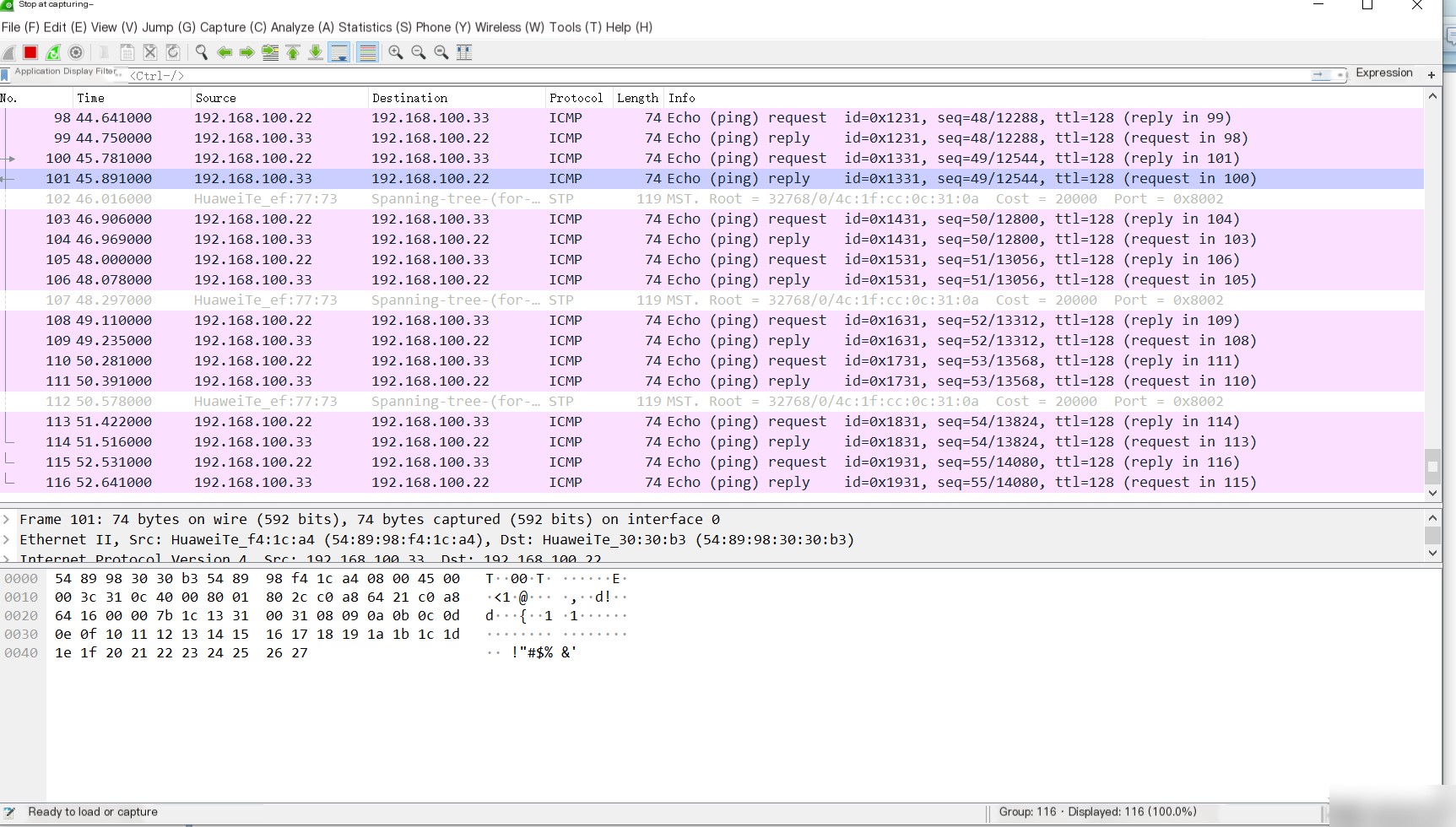 Insert image description here
Insert image description here
3. Experiences Using Wireshark
1. For network operations engineers, it can quickly pinpoint and analyze network faults.
2. It allows for viewing detailed information of various network packets, revealing packet details.
3. It can analyze and understand the flow of protocol packet traffic within an internal network.11. ZenTao Project Management Tool
1. Introduction to ZenTao Tool
ZenTao is an open-source project management software with main functions including product management, project management, QA management, document management, Bug management, and to-do list management. It is a professional application lifecycle management (ALM) platform that covers core software development processes. It also features powerful search capabilities, various statistical reports, and a complete API.
2. How to Use the ZenTao Project Management Tool
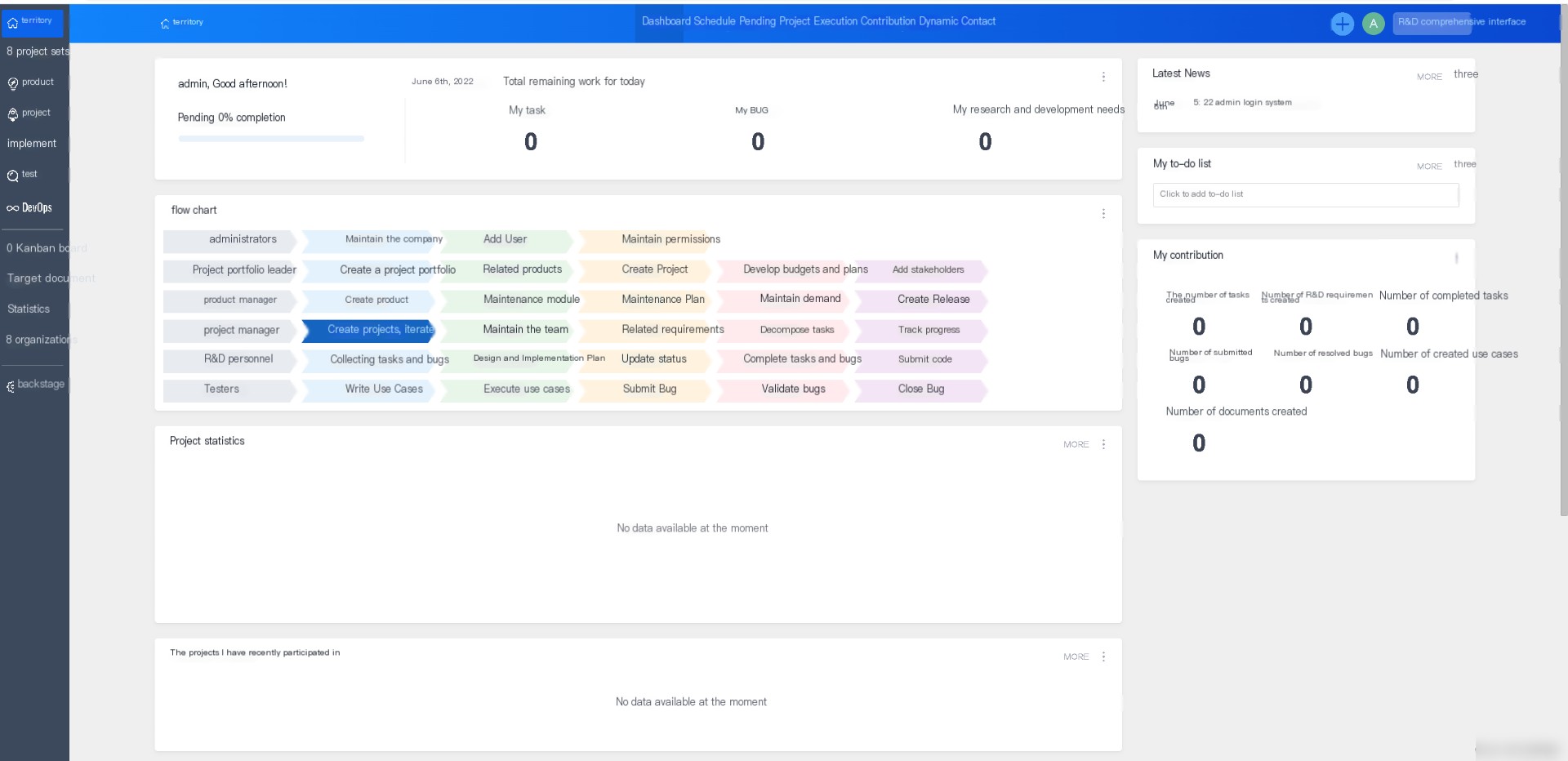 Insert image description here
Insert image description here
3. Experiences Using the ZenTao Project Management Tool
1. Supports deployment of the open-source version, meeting the needs of both enterprises and individuals.
2. Simple deployment, quickly deployed on local servers using Docker.
3. The web interface is aesthetically pleasing, with a clean and elegant structure, and smooth usage.
4. A professional project management tool meeting the basic requirements of the project management process.


